Anime fanart refers to artwork created by fans based on characters or themes from anime, which are Japanese animated TV shows, movies, or manga (comic books). These artworks can include drawings, paintings, digital illustrations, or even sculptures. Fans create fanart as a way to express their love and appreciation for a particular anime series or character. It allows them to showcase their creativity and artistic skills while paying homage to the original source material.
Brief History and Evolution of Anime Fanart Culture:
Anime fanart has been around since the early days of anime fandom. With the rise of the internet in the late 20th century, fans found online communities where they could share their artwork with a wider audience. This led to the formation of dedicated fanart websites and social media platforms where artists could showcase their creations and connect with fellow fans.
Over the years, anime fanart has evolved in style and technique, reflecting trends in both the anime industry and the global art scene. Artists often experiment with different art styles, blending traditional Japanese techniques with modern influences. The culture of anime fanart has become more inclusive and diverse, welcoming artists from various backgrounds and skill levels.
The Significance of Anime Fanart in the Global Anime Community:
Anime fanart plays a crucial role in the global anime community for several reasons:
Creative Expression: Fanart allows artists to express their unique interpretations of beloved characters, leading to a wide range of creative and imaginative artworks.
Community Building: Fanart communities foster a sense of belonging among fans. Artists and enthusiasts come together to appreciate each other’s work, share techniques, and collaborate on projects.
Promotion of Anime: Fanart serves as a form of free promotion for anime series. When fans create and share art, they generate buzz around the original source material, attracting new viewers and readers.
Cultural Exchange: Anime fanart transcends cultural boundaries, bringing fans from different parts of the world together. It promotes cultural exchange and understanding as artists incorporate elements from various cultures into their creations.
Inspiration for Professionals: Many professional artists in the anime industry started as artists. Fanart serves as a stepping-stone for budding artists, allowing them to hone their skills and gain recognition, often leading to professional opportunities.
Types of Anime Fanart
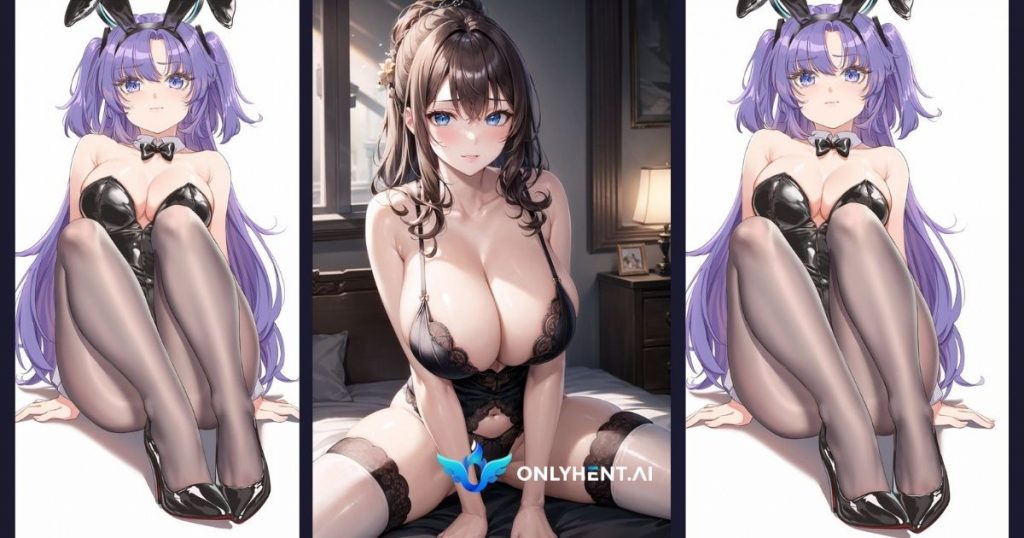
Overview of Different Styles of Anime Fanart:
Anime fanart comes in various styles, each offering a unique way to interpret and appreciate anime characters and themes. Here are some of the most common styles:
Traditional Fanart: This style involves using traditional art mediums like pencils, watercolors, or markers to create fanart. It’s a classic approach, often celebrated for its handcrafted feel.
Example: An artist might use colored pencils to draw a detailed portrait of their favorite anime character on paper.
Digital Fanart: With advancements in technology, many artists create fanart digitally using software and graphic tablets. This style allows for precise detailing, vibrant colors, and easy editing.
Example: An artist can use software like Adobe Photoshop to create a digital painting of a popular anime scene.
Chibi Fanart: Chibi fanart is characterized by exaggerated, cute, and deformed versions of anime characters with oversized heads and small bodies. It’s a playful and endearing style.
Example: Drawing a chibi-style version of a well-known character, emphasizing their cuteness.
Realistic Fanart: Some artists specialize in creating hyper-realistic fanart. This style aims to bring anime characters to life with extreme attention to detail and anatomy.
Example: An artist might use their skills to paint a realistic portrait of a character, paying close attention to facial features and textures.
Explanation of the Diverse Mediums Used in Creating Anime Fanart:
The choice of medium greatly influences the appearance and feel of anime fanart. Artists use various tools and materials to bring their creations to life:
Pencils: Traditional pencil sketches and drawings are the foundation of many fanart pieces. Artists use different grades of pencils for shading and detailing.
Digital Software: Software like Photoshop, Clip Studio Paint, and Procreate are popular among digital fanartists. They offer a wide range of brushes and tools for creating detailed and vibrant artwork.
Markers: Markers, including Copics and Promarkers, are known for producing bold and vibrant colors, making them ideal for creating eye-catching fanart.
Watercolors: Watercolors are used to give fanart a soft and dreamy appearance. They can be employed for delicate and ethereal pieces.
Showcase of Popular Fanart Themes:
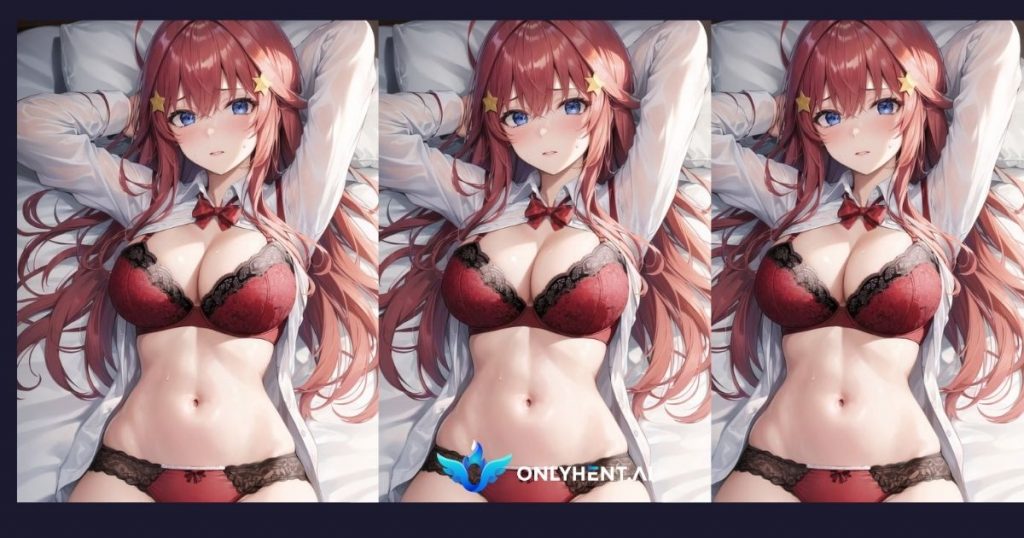
Anime fanart often explores a variety of themes and concepts, allowing artists to put their unique spin on the source material. Here are some popular fanart themes:
Shipping Favourites: Fans create artwork that explores romantic relationships between anime characters who are not canonically together. For example, “shipping” characters from different series or pairings not explored in the original work.
Example: An artist might draw two characters from different anime series together in a romantic or cute scenario.
Crossovers: Crossover fanart combines characters and elements from different anime series, creating imaginative scenarios and interactions.
Example: An artist might depict characters from “Naruto” and “One Piece” teaming up for an epic battle.
Character Redesigns: Artists reimagine the appearance and personalities of anime characters. They may give characters new outfits, genders, or even alternate versions.
Example: Creating a fanart that portrays an anime character as a steampunk version with a different costume and personality.
How Anime Fanart Impacts Fandom
How Fanart Strengthens the Bond between Fans and Anime Characters:
Fanart plays a significant role in strengthening the bond between fans and anime characters by offering a more personalized and intimate connection to the fictional world. Here’s how:
Emotional Connection: Fanart allows fans to express their emotions and feelings towards characters. When fans create or admire fanart, they are actively engaging with characters they love, deepening their emotional connection.
Example: A fan might draw a fanart of their favorite character showing them in a happy moment, expressing their own joy through the artwork.
Character Exploration: Through fanart, fans can explore different facets of characters’ personalities, creating art that delves into their backstories, emotions, or unseen moments from the series.
Example: An artist might create a fanart depicting a character’s childhood, imagining events that shaped their personality.
Fan Interpretation: Fanart allows fans to reinterpret characters in unique ways, providing alternative narratives or perspectives, and encouraging diverse interpretations within the fan community.
Example: A fan might draw a fanart portraying a character in a different cultural setting, blending the character’s traits with the new environment.
Role of Fanart in Fan Communities and Conventions:
Fan communities and conventions serve as hubs for anime enthusiasts, and fanart plays a pivotal role in these spaces:
Community Building: Fanart fosters a sense of community among fans. Sharing and appreciating fanart creates a supportive environment where fans can bond over their shared love for specific characters or series.
Example: Fans at conventions might exchange fanart prints or showcase their artwork in designated areas, creating a vibrant atmosphere.
Artist Recognition: Fan conventions provide a platform for artists to gain recognition. Artists often sell fanart prints or merchandise, gaining exposure and connecting with fellow fans and potential customers.
Example: A fanartist selling unique fanart keychains featuring popular anime characters at a convention.
Interactive Experience: Fan conventions often host fanart contests and workshops, encouraging fans to participate actively in the creative process and learn from one another.
Example: Fans attending a fanart workshop at a convention, learning new techniques and styles from experienced artists.
Fanart’s Influence on Anime Merchandise and Official Artwork:
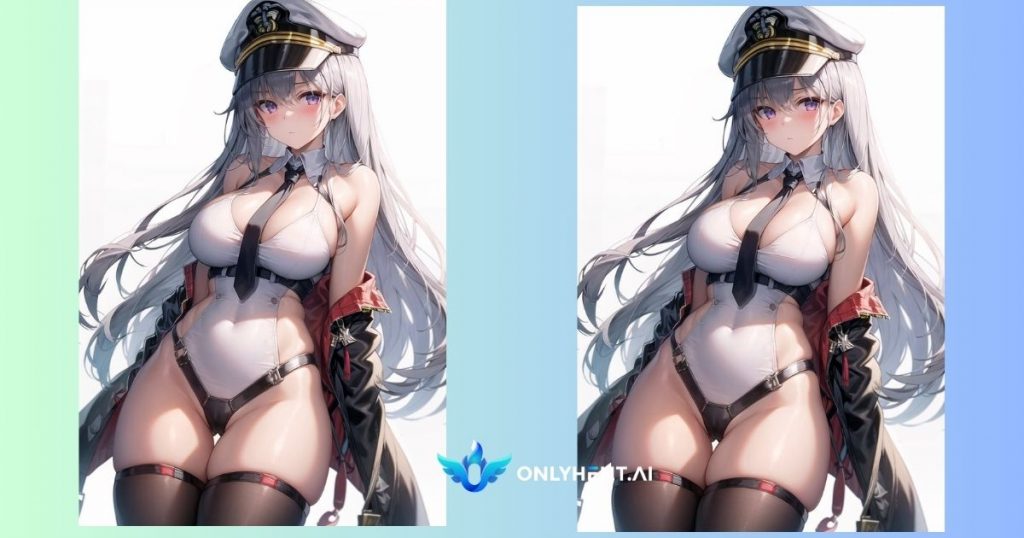
Fanart’s popularity has influenced both anime merchandise and official artwork, leading to collaborations and new creative directions:
Merchandise Inspiration: Popular fanart often inspires official merchandise designs. Merchandisers and creators take cues from fanart trends to produce items that resonate with fans.
Example: A fanart featuring a character in a unique costume inspires the creation of limited-edition figures wearing a similar outfit.
Influence on Official Artwork: Fanart trends can influence the portrayal of characters in official artwork. Creators may incorporate elements from fan interpretations, acknowledging the vibrant creativity of the fan community.
Example: A character’s hairstyle popularized by fanart might be featured in official artwork, acknowledging the influence of fan creativity.
Impact on Artists’ Skill Development
Exploration of How Creating Fanart Helps Artists Develop Their Skills:
Creating fanart serves as an invaluable tool for artists to hone their skills and grow creatively. Here’s how fanart aids in skill development:
Character Study: Fanart allows artists to study existing characters, understanding diverse designs, expressions, and emotions. This helps artists develop their ability to portray a wide range of characters in their original work.
Example: By drawing different anime characters, artists learn various facial expressions and body language, enhancing their character design skills.
Color Theory: Fanart provides opportunities to experiment with different color palettes and shading techniques. Artists learn to create mood and atmosphere through colors, essential skills for any visual artist.
Example: Artists practicing fanart can explore vibrant, anime-inspired color schemes, learning how to blend and shade effectively.
Technique Refinement: Fanart encourages artists to experiment with new artistic techniques, such as digital painting, line art, or background design. Continuous practice refines these skills.
Example: An artist practicing fanart might focus on perfecting the art of drawing flowing hair or creating realistic eyes, leading to improved techniques.
Stories and Testimonials from Artists Transitioning from Fanart to Original Creations:
Many successful artists began their journey with fanart and later transitioned to creating original content. Their stories serve as inspiration for aspiring artists:
Inspirational Beginnings: Artists often share how fanart ignited their passion for drawing. It allowed them to connect with a community and gain confidence in their abilities.
Example: A digital artist started by drawing fanart of their favorite anime characters, gaining recognition and support from fellow fans.
Transition to Original Work: With increased confidence and skills from fanart practice, artists begin creating their characters, worlds, and stories. Fanart provides a foundation upon which they build their unique artistic style.
Example: An artist, initially known for their fanart, started developing original characters and stories inspired by their favorite anime genres.
The Role of Fanart in Artists’ Portfolios and Career Opportunities:
Fanart plays a vital role in artists’ portfolios, showcasing their versatility and creativity. Moreover, it opens doors to various career opportunities:
Portfolio Diversification: Fanart, when skillfully executed, demonstrates an artist’s ability to interpret existing material creatively. It adds diversity to their portfolio, showcasing their adaptability.
Example: An artist’s portfolio may include fanart pieces from different anime series, displaying their proficiency in capturing various styles and characters.
The Role of Fanart in Artists’ Portfolios and Career Opportunities:
Fanart plays a vital role in artists’ portfolios, showcasing their versatility and creativity. Moreover, it opens doors to various career opportunities, including unconventional avenues:
Portfolio Diversification: Fanart, when skillfully executed, demonstrates an artist’s ability to interpret existing material creatively. It adds diversity to their portfolio, showcasing their adaptability.
Example: An artist’s portfolio may include fanart pieces from different anime series, displaying their proficiency in capturing various styles and characters.
Career Opportunities: Talented artists often catch the eye of industry professionals. Some artists receive job offers from animation studios, game developers, or comic book publishers based on their fanart portfolios.
Example: A fan artist renowned for their anime fanart might get hired by a game studio to design characters with a similar aesthetic.
Unconventional Platforms: With the rise of digital platforms, artists can explore unique opportunities. Platforms like OnlyHent.ai allow artists to monetize their hentai anime fanart, providing a niche space for their work and potentially generating income.
Example: An artist specializing in hentai anime fanart might find opportunities on platforms like OnlyHent.ai, earning income through their unique creations.
Celebrating Diversity in Anime Fanart
Highlighting Fanart that Promotes Diversity and Representation in Anime Characters:
Fanart serves as a powerful medium for promoting diversity and representation within the anime community. Artists create fanart that features characters from various backgrounds, ethnicities, genders, sexual orientations, and body types, challenging traditional norms. This inclusive fanart not only celebrates diversity but also provides representation for individuals who might not see themselves in mainstream anime.
Example: Fanart depicts characters with diverse skin tones, disabilities, or non-binary gender identities, showcasing the richness of human experiences.
Analysis of the Impact of Diverse Fanart on the Anime Industry:
The impact of diverse fanart on the anime industry is substantial. Fans advocating for diverse representation through their artwork have encouraged the industry to rethink its approach to character design. As fan-created content gains popularity, the industry recognizes the demand for more inclusive narratives and characters. This has led to the creation of anime series that feature diverse protagonists and storylines, catering to a broader audience.
Example: Fanart featuring LGBTQ+ relationships has influenced the creation of anime series with LGBTQ+ characters, helping break barriers in mainstream media.
The Role of Fanart in Challenging Stereotypes and Promoting Inclusivity:
Fanart actively challenges stereotypes prevalent in anime by reimagining characters in empowering and unconventional ways. Artists use their creativity to break free from traditional gender roles, debunk harmful stereotypes, and promote inclusivity. By depicting characters from marginalized communities in strong, positive roles, fanart fosters a more accepting and understanding anime community.
Example: Fanart featuring characters of different body sizes challenges the prevailing notion of idealized beauty, promoting body positivity within the anime fandom.
Fanart Communities and Platforms
Tumblr: Tumblr hosts a vibrant community of fan artists where users can create dedicated blogs to share their fanart. It’s known for its diverse range of fandoms and artistic styles.
OnlyHent.ai: OnlyHent.ai is a specialized platform where artists can showcase and monetize their hentai anime fanart. It provides a niche space for artists to share their explicit creations.
Discussion on the Sense of Community among Fan Artists and Their Audiences:
Fanart platforms foster a strong sense of community among artists and their audiences:
Mutual Appreciation: Fans appreciate the creativity of artists, often leaving encouraging comments and engaging in discussions about their favorite characters and series.
Collaborations and Feedback: Artists collaborate on projects, fanzines, and challenges. They provide constructive feedback, helping each other improve their skills.
Fan Interaction: Fans and artists interact through comments, messages, and fanart requests, creating a supportive environment where artists feel valued and motivated.
Features of Fanart Communities that Support Artists’ Growth and Creativity:
Fanart communities offer various features that nurture artists’ growth and creativity:
Workshops and Tutorials: Communities organize workshops and tutorials where experienced artists share their techniques, helping newcomers learn and improve their skills.
Challenges and Events: Regular challenges and themed events encourage artists to push their creative boundaries, inspiring them to experiment with new styles and ideas.
Portfolio Showcasing: Many platforms allow artists to create detailed portfolios, showcasing their best work. This helps artists gain visibility and attract potential clients or collaborators.
Monetization Opportunities: Specialized platforms like OnlyHent.ai offer artists a chance to monetize their explicit fanart, providing an income source for their creative endeavors.
Fanart and Fandom Evolution
Reflection on How Fanart Trends Have Evolved Over the Years:
Fanart trends in the anime community have undergone significant transformations, reflecting shifts in popular culture, technology, and artistic preferences.
Early Years: In the early days of fanart, pencil sketches, and traditional art dominated the scene. Fans primarily focused on replicating existing characters from their favorite series.
Example: Hand-drawn fanart of iconic anime characters using pencil and paper.
Digital Revolution: With the rise of digital technology, fanartists embraced digital platforms and software. This shift led to a surge in digital fanart, characterized by vibrant colors, intricate details, and digital manipulation techniques.
Example: Digital illustrations of anime characters created using tools like Photoshop or Procreate.
Diverse Styles: Over time, fanart styles diversified. Artists began experimenting with chibi art, realistic portraits, and unique crossover concepts, leading to a rich variety of fan-created content.
Example: Chibi versions of characters, realistic fanart portraying detailed facial features, and crossovers between different anime series.
The Influence of Social Media on the Visibility and Popularity of Anime Fanart:
Social media platforms have played a pivotal role in shaping the visibility and popularity of anime fanart:
Wider Reach: Social media platforms like Instagram, Twitter, and TikTok provide artists with a global audience. They can showcase their work to a broader fanbase beyond their immediate communities.
Example: Fanart posts on Twitter going viral, reaching thousands of retweets and likes, increasing the artist’s visibility.
Community Building: Social media enables artists to connect with fellow creators and fans easily. Hashtags and online communities facilitate discussions, collaborations, and feedback, fostering a sense of belonging.
Example: Artists participating in themed hashtag challenges, where they create fanart based on specific prompts.
Predictions on the Future of Anime Fanart in the Digital Age:
The future of anime fanart in the digital age is promising, with several trends likely to shape its evolution:
Augmented Reality (AR) and Virtual Reality (VR): AR and VR technologies will enable immersive fanart experiences, allowing fans to interact with 3D-rendered anime characters in real time.
Example: Fans using AR apps to bring anime characters to life in their surroundings.
NFTs and Digital Collectibles: Non-fungible tokens (NFTs) will revolutionize how fanart is bought and sold, providing artists with new monetization opportunities and fans with unique, digital collectibles.
Example: Artists creating limited-edition digital fanart NFTs, which fans can collect and trade.
AI-Generated Fanart: AI technologies may assist artists in generating fanart, offering tools and templates that artists can modify and personalize, enhancing their creative process.
Example: Artists using AI-generated templates, such as those provided by platforms like OnlyHent.ai, as a base and adding their unique style and flair to create fanart pieces
Conclusion
In conclusion, anime fanart stands as a vibrant and ever-evolving form of creative expression within the global anime community. From traditional sketches to digital masterpieces, fan artists display their passion on platforms like DeviantArt, Pixiv, and OnlyHent.ai, enriching the fandom experience. This diverse artwork not only strengthens fan-character bonds but also challenges stereotypes, promoting inclusivity and diversity. As social media amplifies its reach, fanart becomes a powerful tool shaping the future of anime, influencing official artwork and character design. Fan artists, driven by their love for anime, contribute immensely, making the anime community even more captivating, varied, and inclusive.
Check out more about our carefully designed information on Anime Girls.
- Brief History and Evolution of Anime Fanart Culture:
- The Significance of Anime Fanart in the Global Anime Community:
- Types of Anime Fanart
- How Anime Fanart Impacts Fandom
- Impact on Artists' Skill Development
- Celebrating Diversity in Anime Fanart
- Fanart Communities and Platforms
- Discussion on the Sense of Community among Fan Artists and Their Audiences:
- Features of Fanart Communities that Support Artists' Growth and Creativity:
- Fanart and Fandom Evolution
- Conclusion



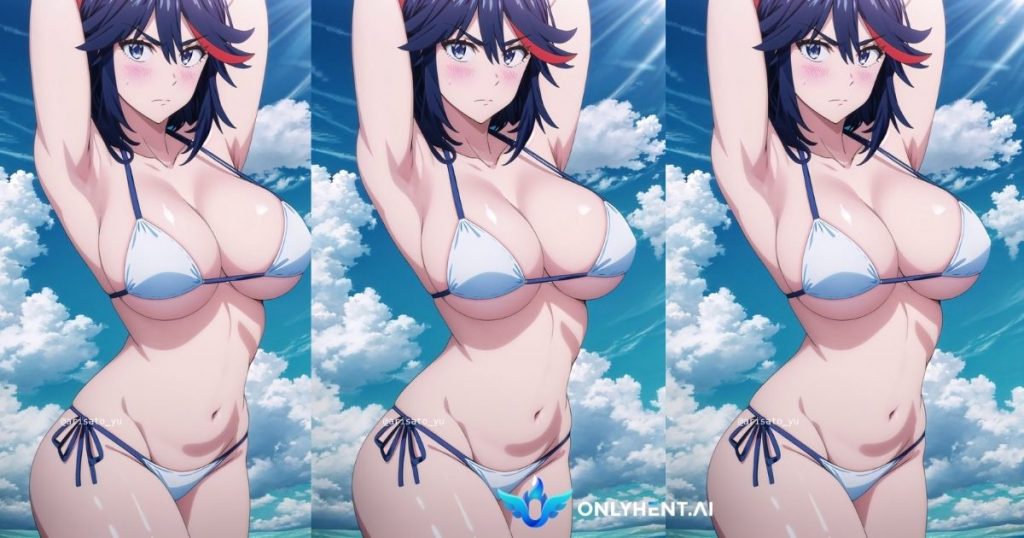


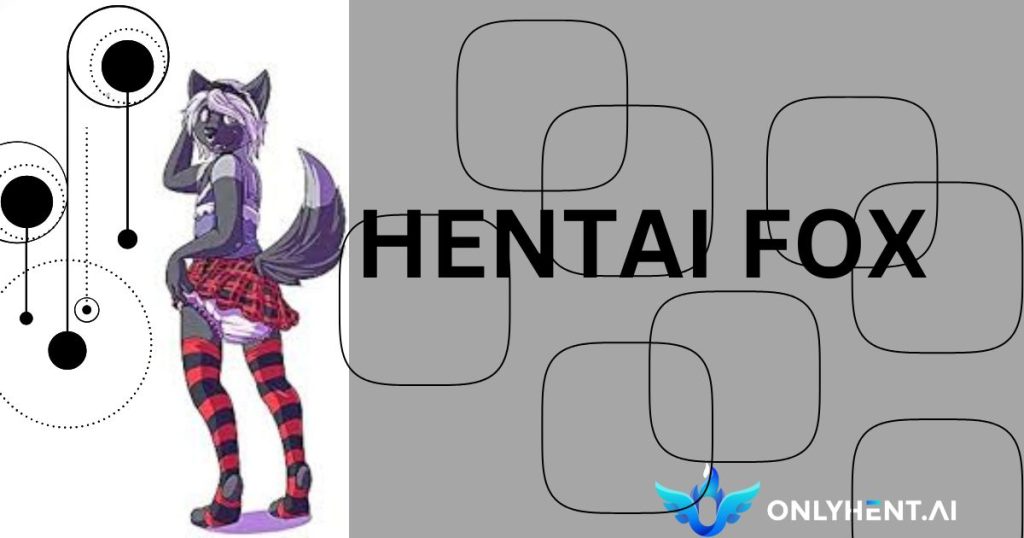



Check out our informative post on Anime Fanart.